January 2022
January 21, 2022
Muir’s Improved Pub
In 1865, temperance advocate William Muir obtained a British patent (No. 1 for 1865) for what he called "Improvements in the construction of public houses." Although whether they were actually improvements depended, I suppose, on one's point of view.Muir wanted to improve pubs first by constructing their front walls out of plate glass in order to make the interior visible to people passing by. This, he believed, would "to a great extent check drunkenness and the indecent behaviour of the persons obtaining refreshment."
Second, he wanted to make the entrances only two feet wide in order "to prevent, as far as possible, the entrance of females with extensive steel crinolines." Why prevent women wearing crinolines? He didn't elaborate. Was this some kind of code for keeping prostitutes out of the pubs?
I don't think many publicans rushed to adopt his improvements.
More info about William Muir
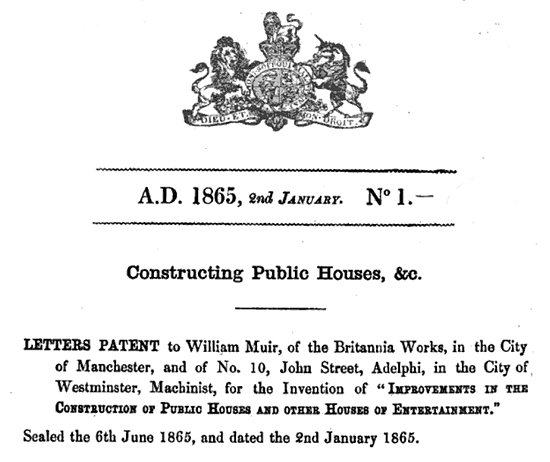
Posted By: Alex - Fri Jan 21, 2022 -
Comments (4)
Category: Inebriation and Intoxicants, Patents, Nineteenth Century
Harvey Comics Rock
Posted By: Paul - Fri Jan 21, 2022 -
Comments (1)
Category: Ineptness, Crudity, Talentlessness, Kitsch, and Bad Art, Music, Comics, 1970s
January 20, 2022
Join the Dodge Rebellion
I'm not sure what all the near-disasters that Pamela Austin was made to face had to do with a "Dodge rebellion," but apparently this series of ads was very popular in the 1960s.Info from Glamour Girls of Sixties Hollywood:
Posted By: Alex - Thu Jan 20, 2022 -
Comments (1)
Category: Advertising, 1960s, Cars
Oyster-Flavored Vodka
The company's homepage.Article in THE BOSTON GLOBE (possible paywall).
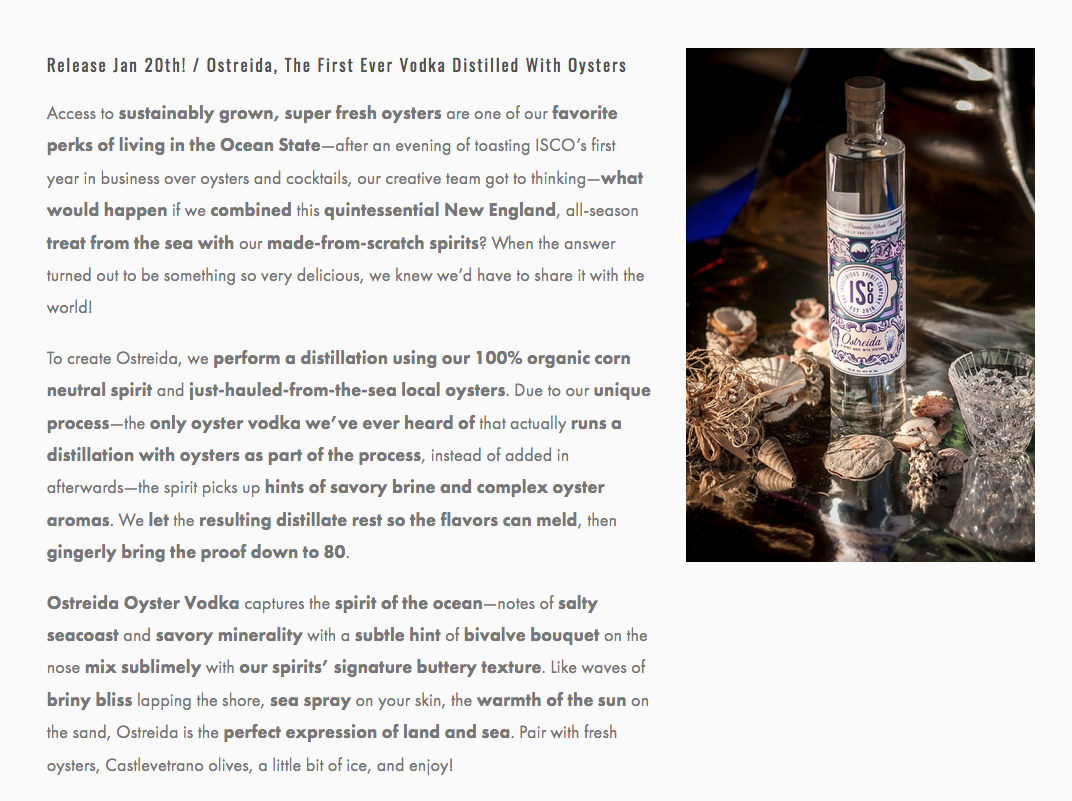
Posted By: Paul - Thu Jan 20, 2022 -
Comments (5)
Category: Oceans and Maritime Pursuits, Alcohol, Nausea, Revulsion and Disgust
January 19, 2022
The Case of the Furious Children
In 1954, six young boys who exhibited violent behavior were brought to live on the grounds of the National Institute of Health in Bethesda, Maryland. They were specifically selected because they were deemed the worst of the worst:For the next five years, the boys were attended around the clock by a team of specialists.
It was all part of an experiment, which came to be known as the "Case of the Furious Children," designed to find out why these young boys were so violent and whether they could be turned into responsible citizens. Eventually, around $1.5 million (in 1950's dollars) was spent on this effort.
By the end of the experiment, one of the researchers, Dr. Nicholas Long, said that the boys now had a "better than 50-50 chance of living a productive life." So what became of them? Were they reformed, or did they head down the path of crime and prison that they originally seemed to be destined for?
I'd be interesting to know, but I haven't been able to find anything out. I'm guessing the info has never been released because of privacy issues.
More info: Harpers Magazine - Jan 1958

Chicago Daily Tribune - July 19, 1959
Posted By: Alex - Wed Jan 19, 2022 -
Comments (0)
Category: Antisocial Activities, Experiments, Psychology, Children, 1950s
The Ordinances of Lancaster, South Carolina, 1903
We've all seen those features that dig up "Crazy Laws Still on the Books." But how did such ordinances ever first get established? By big and small towns trying to regulate every human behavior they could think of.Here are a few choice samples from a randomly chosen place!
Source: The Lancaster News (Lancaster, South Carolina) 16 May 1903
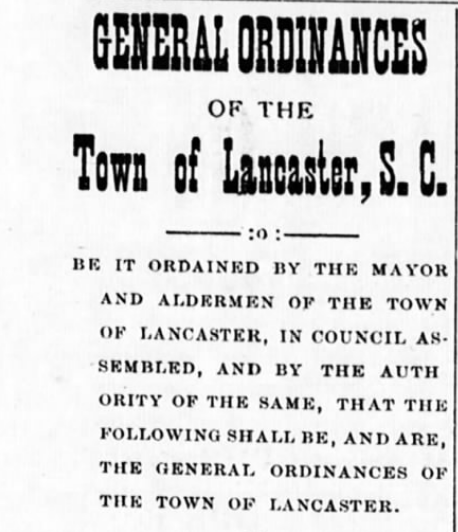
No public marble playing
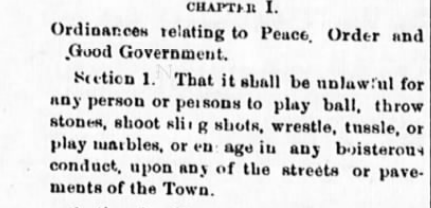
No annoying churchgoers
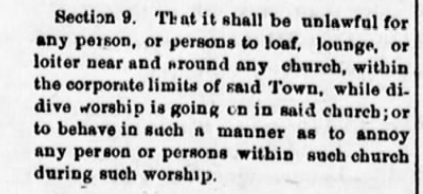
No hookers
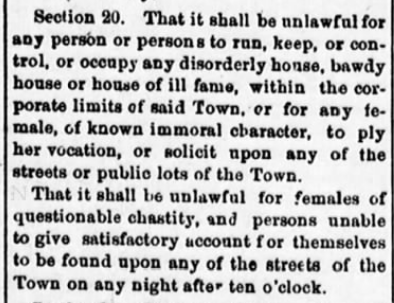
No tramps, cardsharps or fortune tellers
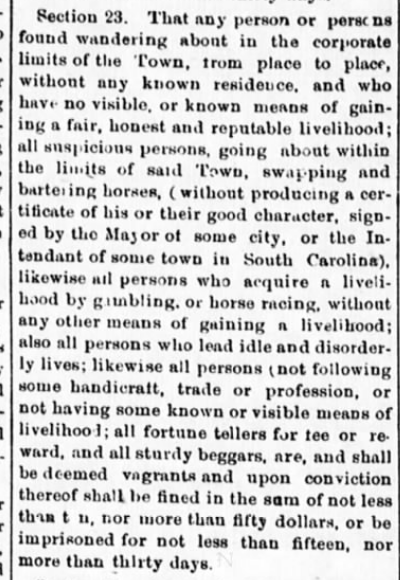
No dirks or slingshots
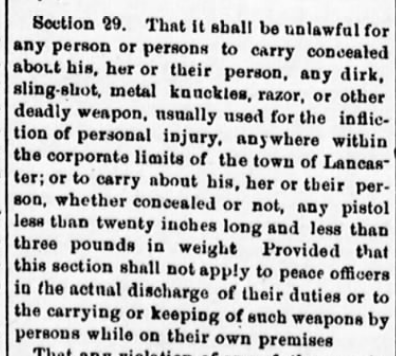
No outward-opening gates
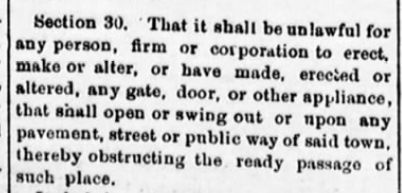
Must ring bicycle bell
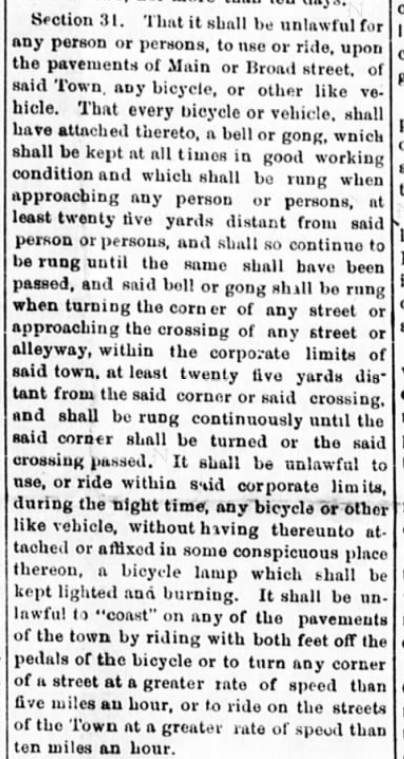
No piles of public poop
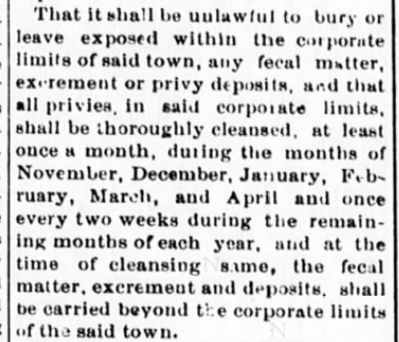
No bad oysters

To their credit, the officials imposed lots of rules on the cops as well. These are just a few.
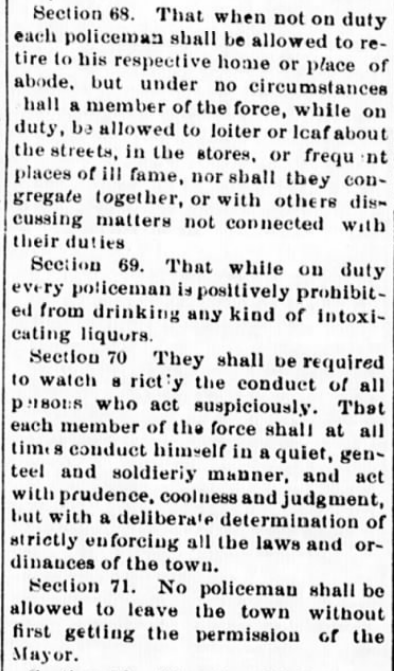
Posted By: Paul - Wed Jan 19, 2022 -
Comments (2)
Category: Government, Police and Other Law Enforcement, Regionalism, 1900s
January 18, 2022
Anti-Blond Crusade
The Mean Girls of Apeldoorn:
Chicago Tribune - Feb 15, 1996
Posted By: Alex - Tue Jan 18, 2022 -
Comments (4)
Category: Antisocial Activities, 1990s, Hair and Hairstyling
Lorett Fulkerson, the Last Performing Tattooed Lady
Was this gal, still performing in the 1990s, the last of her kind, an old-fashioned circus/sideshow performer? Maybe some current hipster performance piece features a tattooed female of this caliber. But it seems unlikely, so common is tattooing these days, even to the similar extent of Lorett's body, 90% inked.Some info at her Find A Grave site.
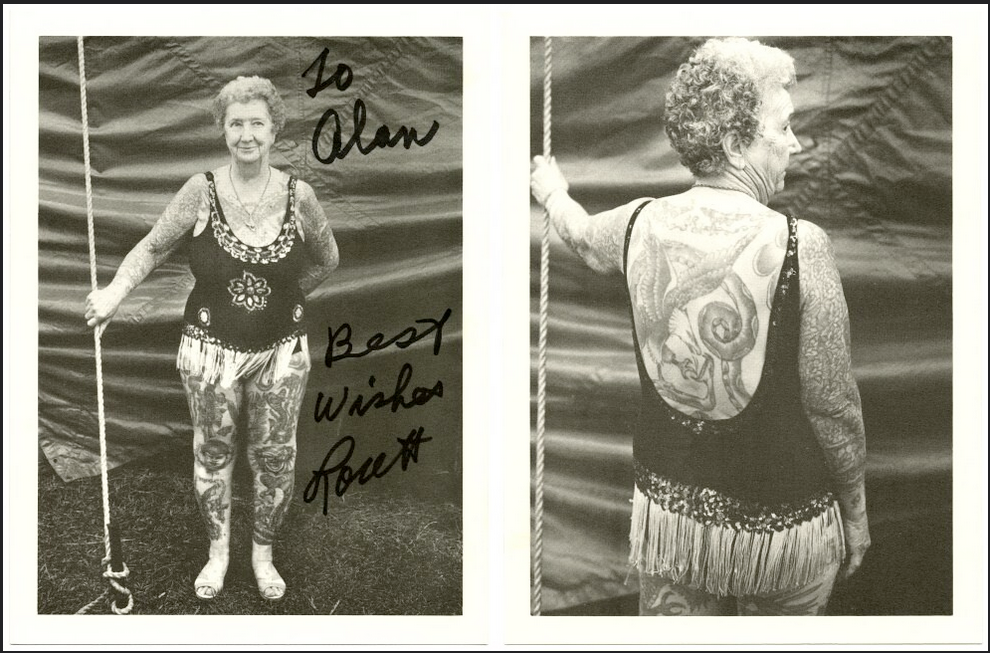
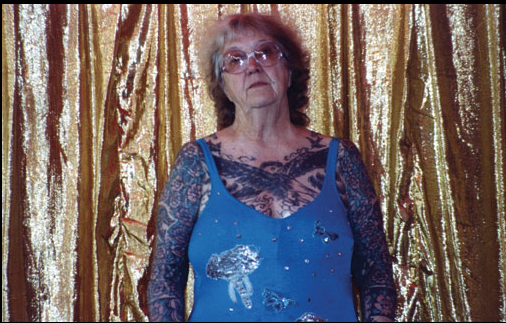
Posted By: Paul - Tue Jan 18, 2022 -
Comments (4)
Category: Human Marvels, Tattoos, Twentieth Century, Circuses, Carnivals, and Other Traveling Shows
January 17, 2022
Laser-Emitting Dress
I see Paul's electric dress and raise him the laser-emitting dress of Moritz Waldemeyer, modeled at Hussein Chalayan's catwalk show in Paris, 2007.More info: dezeen.com
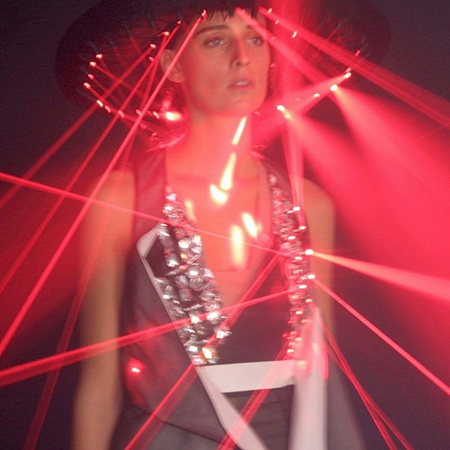
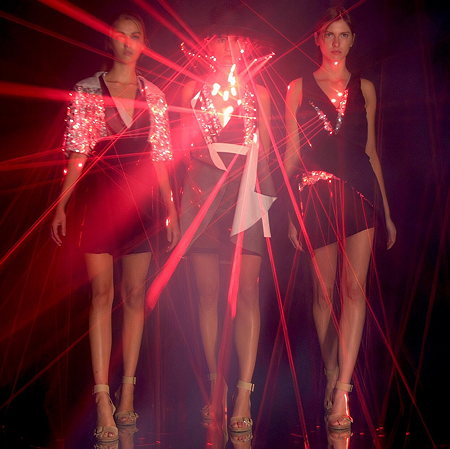

Posted By: Alex - Mon Jan 17, 2022 -
Comments (6)
Category: Fashion, Technology, 2000s
National Hobo Convention
The Wikipedia page.
Posted By: Paul - Mon Jan 17, 2022 -
Comments (1)
Category: Bums, Hobos, Tramps, Beggars, Panhandlers and Other Streetpeople, Conventions, Regionalism, Bohemians, Beatniks, Hippies and Slackers, Trains and Other Vehicles on Rails
| Get WU Posts by Email | |
|---|---|

| Who We Are |
|---|
| Alex Boese Alex is the creator and curator of the Museum of Hoaxes. He's also the author of various weird, non-fiction books such as Elephants on Acid. Paul Di Filippo Paul has been paid to put weird ideas into fictional form for over thirty years, in his career as a noted science fiction writer. He has recently begun blogging on many curious topics with three fellow writers at The Inferior 4+1. Chuck Shepherd Chuck is the purveyor of News of the Weird, the syndicated column which for decades has set the gold-standard for reporting on oddities and the bizarre. Our banner was drawn by the legendary underground cartoonist Rick Altergott. Contact Us |

